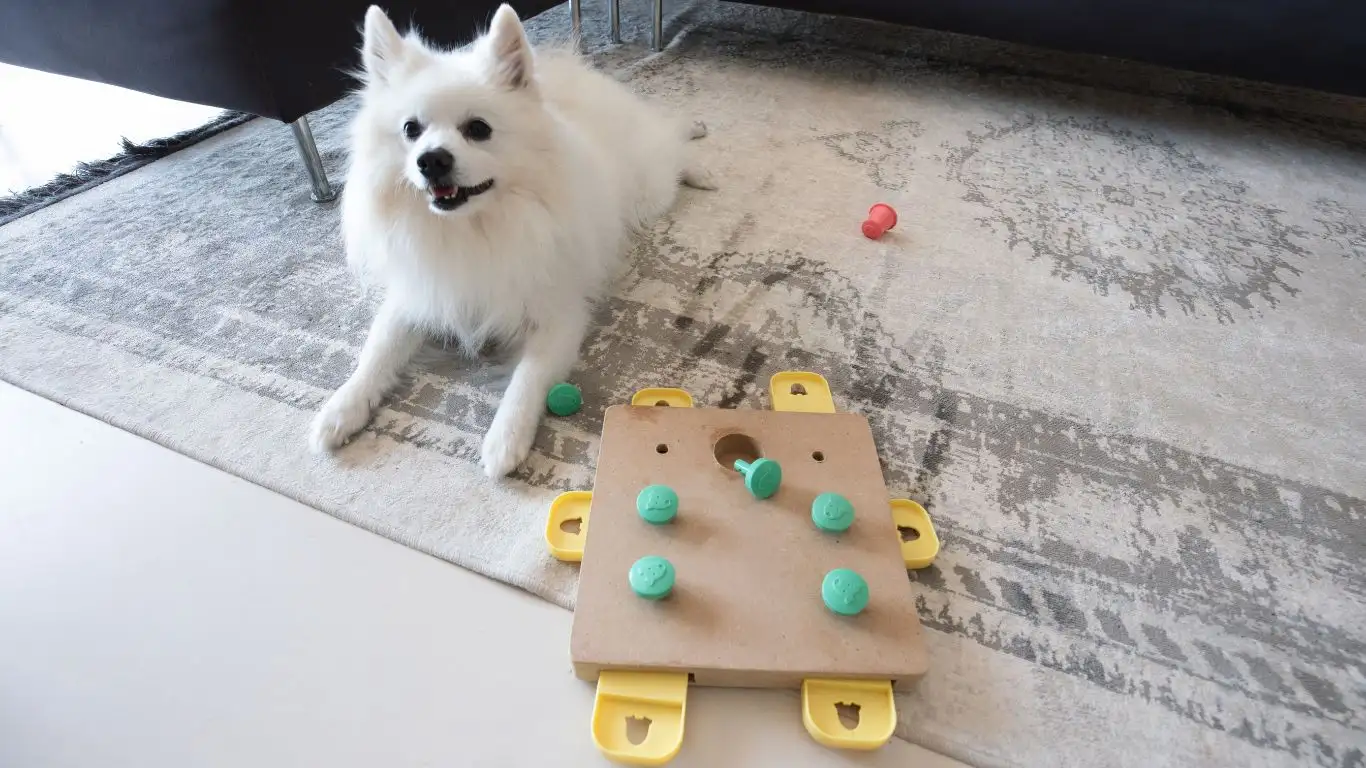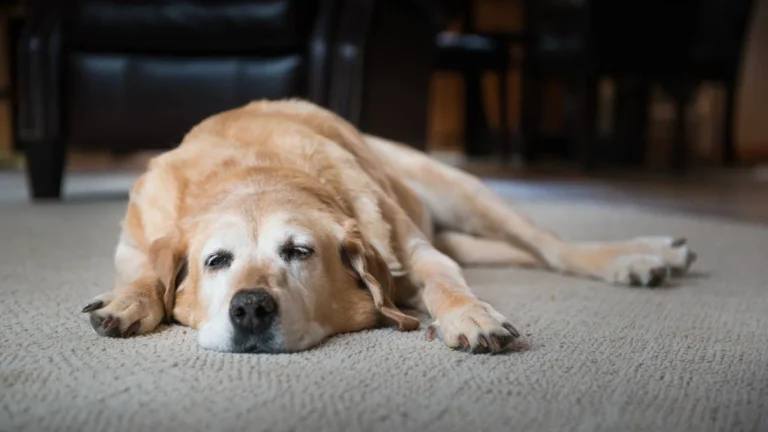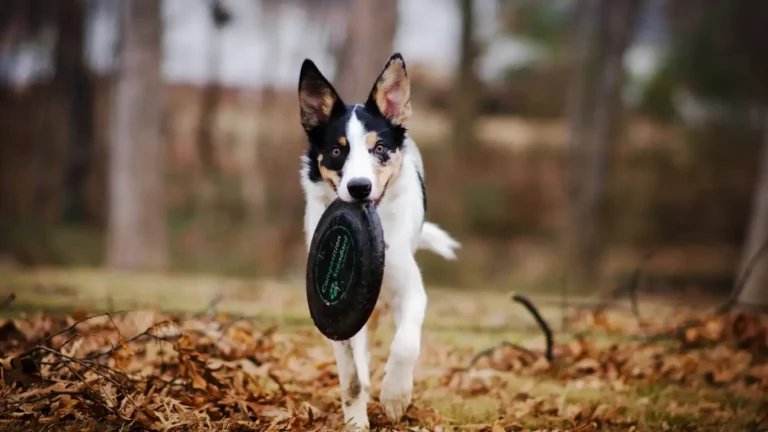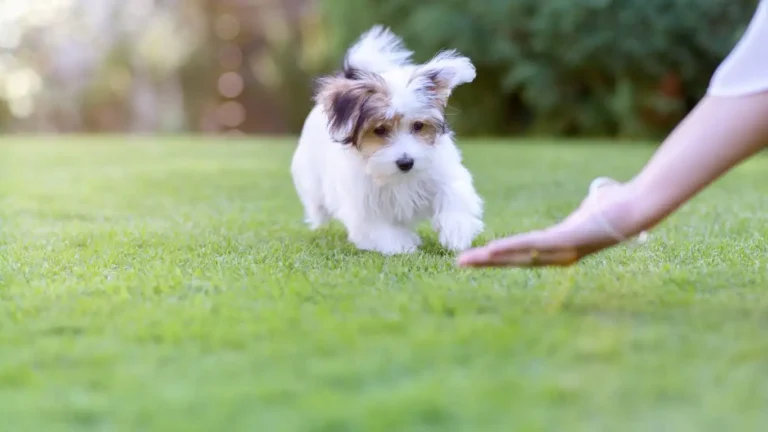Why GERD and Difficulty Breathing After Meals Feel Worse After Eating
So there I was, mid-session with one of my therapy dogs and his handler, when she suddenly paused and clutched her chest. “I’m okay,” she said, “It’s just that I always feel like I can’t breathe after eating — like my food’s fighting me back.” That stuck with me. Turns out, GERD and difficulty breathing after meals is more common than we think, and not just among my human clients — some pet parents go through this too. And because I work closely with dogs and their people, I’ve picked up on some surprising connections. Let’s dig into it together — human to human, trainer to trainer (or just someone who loves dogs and deep breaths).
What is GERD Anyway? And Why Does It Mess With Breathing?
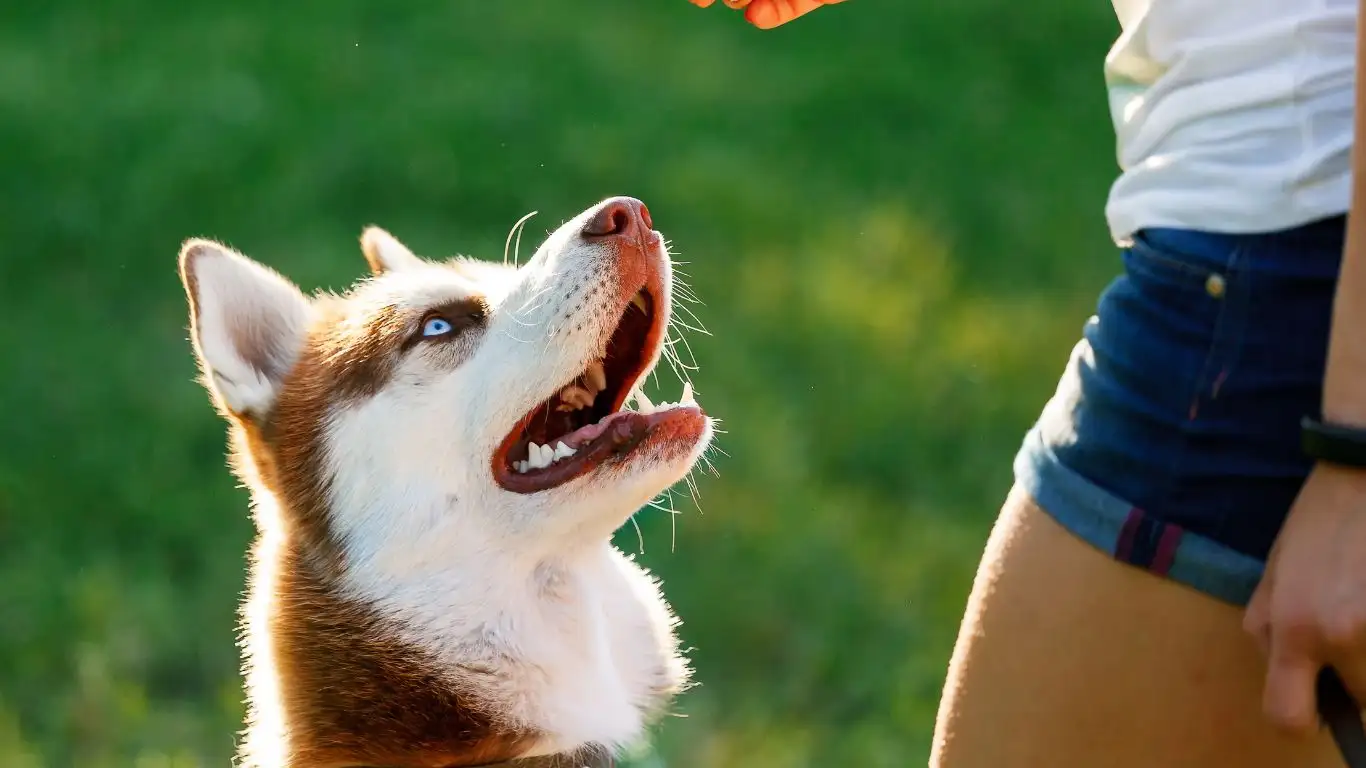
Let’s start with the basics. GERD stands for gastroesophageal reflux disease. Sounds fancy, but it’s basically acid reflux that won’t quit. It happens when stomach acid decides to travel north into the esophagus. Normally, a valve called the lower esophageal sphincter keeps that from happening — but in GERD, that valve’s like a lazy gatekeeper.
So how does this connect to that awful feeling of breathlessness after meals? Here’s the kicker — when acid creeps up, it can actually irritate your airway, cause inflammation, and even trigger spasms in your bronchial tubes. That’s why so many folks describe it as feeling like asthma, anxiety, or just plain “can’t get air.”
From my own circle of clients — especially those managing service or therapy animals — I’ve seen people pause mid-walk or training, not because they’re tired, but because breathing got tough after a quick lunch or snack. It’s scary and confusing.
GERD and Difficulty Breathing After Meals: The Odd Timing Makes Sense

If you’ve ever thought, “Why does this only hit me right after I eat?” — you’re not alone. Here’s what’s really happening:
- Full stomach = more pressure. When your belly’s full, there’s more pressure pushing up against that esophageal gate. The fuller the tank, the more likely it leaks acid.
- Gravity stops helping when you lie down or slouch. If you’re chilling on the couch after lunch, gravity can’t hold back reflux like it does when you’re upright and moving.
- Breathing gets tight. Once that acid hits your esophagus or airways, your body may respond with inflammation, tightness, or even a feeling like you’ve got a lump in your throat.
In a few of my therapy sessions, I’ve had to tweak the timing and intensity of activities for clients who regularly experience this. Imagine trying to practice calm breathing exercises with your dog when you can’t get a full breath in. Not ideal, right?
Quick Tip from the Training Field
Whenever one of my clients reports these symptoms, I always suggest they try moving gently after meals — even just a slow stroll with their pup. That small movement helps digestion kick in, and the upright position gives gravity a fighting chance. Plus, dogs love the excuse for an extra walk!
When to Worry: Signs It’s More Than “Just Reflux”
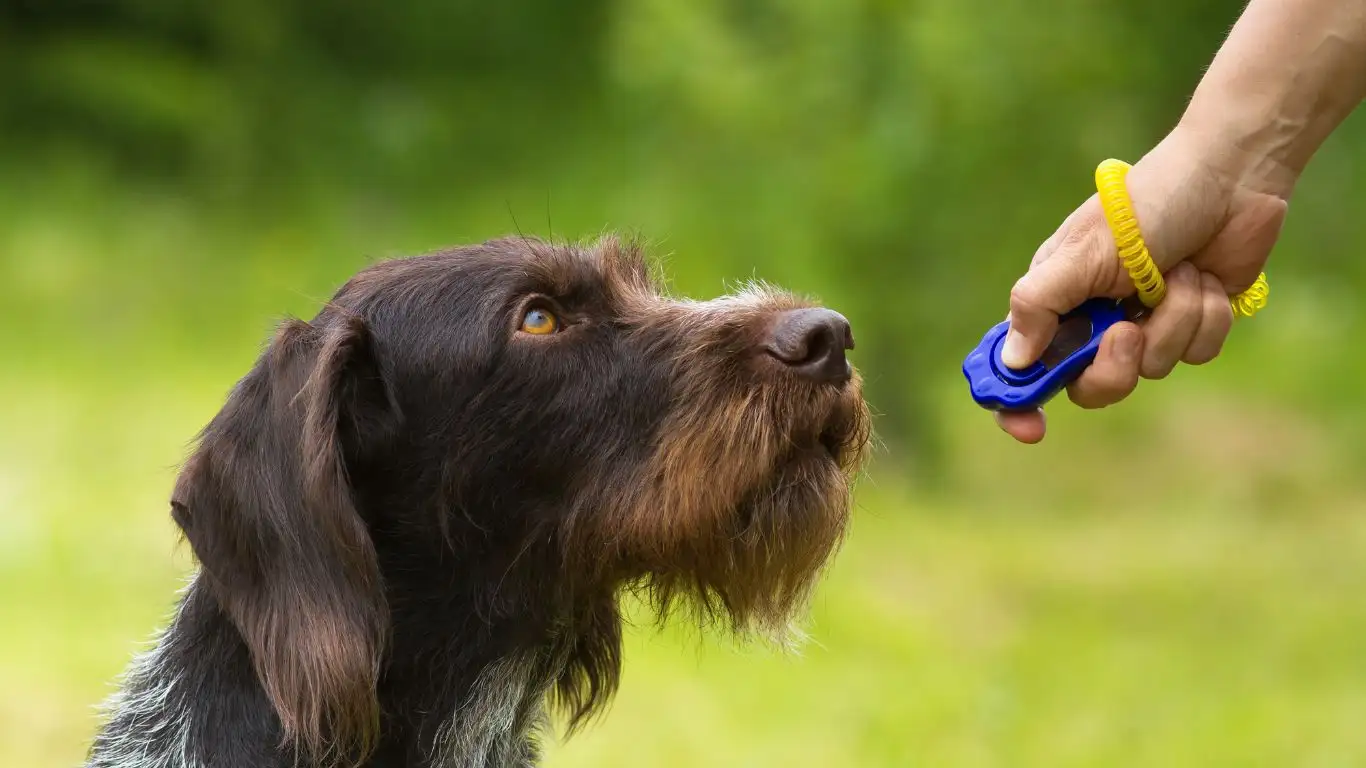
Sometimes, GERD and difficulty breathing after meals is a passing nuisance. But if it happens all the time, interrupts daily activities, or causes actual pain, it’s time to check in with your doc.
- Shortness of breath that wakes you up at night.
- Wheezing or a chronic cough after meals.
- Frequent chest discomfort — especially if it’s new or worsening.
- Feeling like food is “stuck” or hard to swallow.
I’ve had clients who brushed this stuff off as indigestion or stress, only to find out their esophagus was really inflamed — or worse, that their lungs were getting irritated from years of unnoticed reflux. It’s always better to get it checked.
Common Triggers That Worsen GERD and Difficulty Breathing After Meals

Let me tell you — after years of helping people work through challenges alongside their canine companions, I’ve noticed something funny: folks often overlook just how much their daily routines mess with digestion. GERD and difficulty breathing after meals doesn’t just show up out of nowhere. It loves certain habits — and unfortunately, we humans are creatures of those.
Here are a few sneaky culprits I’ve seen time and time again:
- Eating too fast: You’re scarfing down a sandwich in your car between appointments? Yep, reflux loves that.
- Heavy, high-fat meals: Burgers, fried foods, cheesy pastas — they sit in your stomach longer and push acid up.
- Wearing tight clothes post-meal: Yoga pants? Fine. Tight jeans and a belt? Not GERD-friendly.
- Lying down too soon: Even a quick nap after lunch can bring on that “chest pressure” feeling.
One of my clients — a dog trainer herself — used to eat quickly between back-to-back sessions. She’d show up at our group training class red in the face and short of breath, convinced it was anxiety. Turned out, she was gulping food and water, wearing tight gear, and not giving her body time to digest. With a few simple changes, her symptoms calmed way down.
Simple, Practical Adjustments That Help — Yes, Even While Working With Dogs

I get it — when your schedule’s packed, and you’ve got paws to train and people to help, the last thing you’re thinking about is reflux. But making just a few shifts can make a world of difference. Here’s what I personally recommend — and what’s worked for my community:
1. Break up your meals
Try eating smaller, more frequent meals instead of loading up all at once. It takes the pressure off your stomach and keeps acid where it belongs. I usually pack light snacks like apple slices or rice cakes when I’m out in the field with my therapy dogs — nothing too acidic, greasy, or heavy.
2. Keep water nearby — but don’t chug it
Sipping water helps wash acid back down, but gulping too much can bloat your belly and add pressure. One of my veteran clients with a service dog carries a straw-style water bottle and just sips regularly. It helps her feel more in control during public outings, especially after meals.
3. Go for a walk (yes, even a short one)
Movement helps digestion big time. Even five to ten minutes of gentle walking can reduce reflux symptoms. Bonus? Your dog will thank you. After lunch, I usually take my therapy dogs on what I call a “sniffari” — slow-paced, sniff-heavy strolls that get both of us moving without overdoing it.
4. Raise the head of your bed
If your breathing issues are creeping in at night after dinner, gravity can work against you. Elevating your head 6 to 8 inches (hello, wedge pillow!) can really help. One of my clients actually built a custom incline on her bed after years of night coughs — game-changer.
The Surprising Connection Between GERD Management and Dog Training Techniques
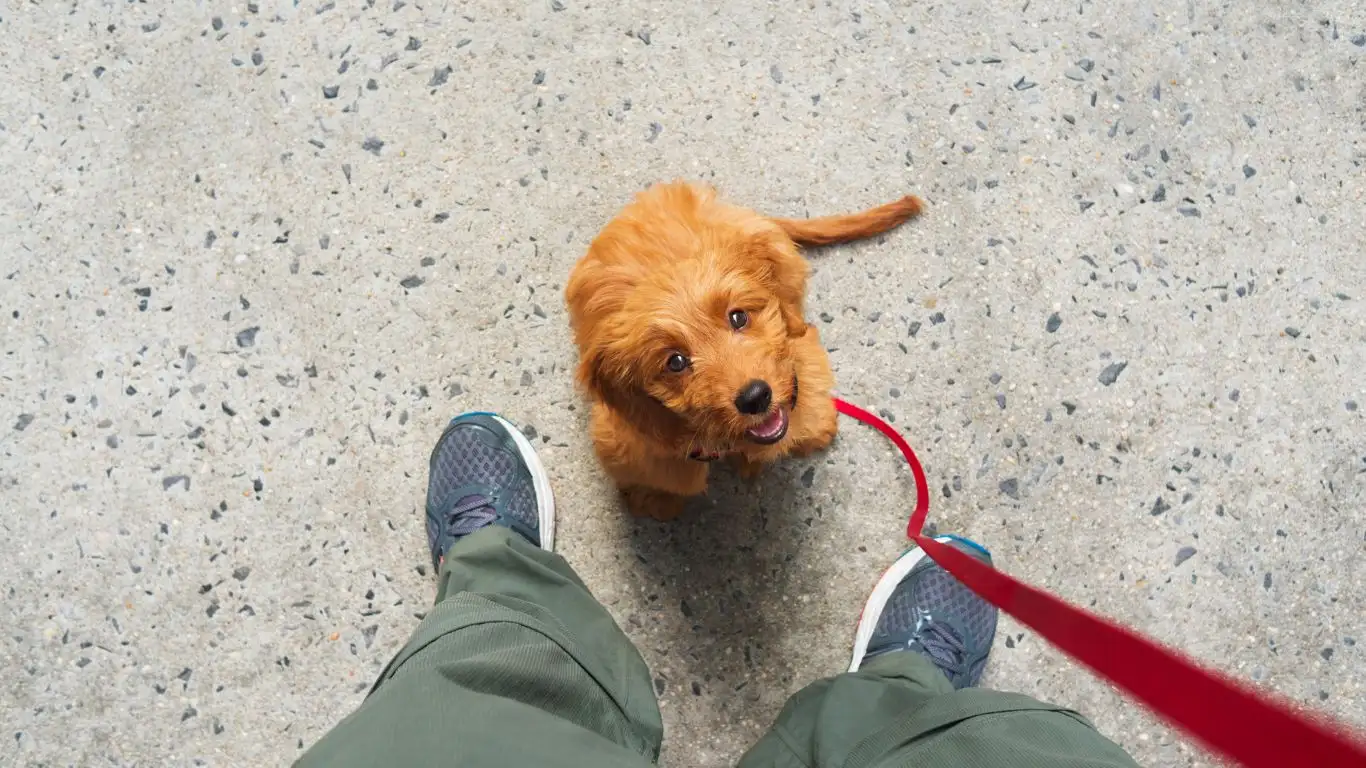
This one might sound out of left field, but stick with me. The same techniques we use to calm and regulate therapy dogs? They actually benefit us humans too — especially when we’re dealing with reflux-related breathing issues.
For example:
- Mindful breathing techniques: I often coach handlers to use slow, diaphragmatic breathing during dog sessions. This also helps reduce esophageal pressure and stress-induced reflux.
- Routine and rhythm: Dogs thrive on routine — and honestly, so do our guts. Eating at the same time every day and sticking to a regular walking pattern helps digestion stay on track.
- Grounding techniques: If you feel short of breath and anxious post-meal, grounding exercises like focusing on your dog’s fur texture or the rhythm of their breathing can bring you back to center.
One of my long-term therapy clients has a golden retriever named Max. She uses him as both a calming anchor and a physical cue to start her post-meal breathing practice. Max knows that when she sits down after eating and places her hand on his back, it’s “slow breath” time. They do it together. It’s kind of beautiful, honestly.
Little habits, little changes — they add up. And when you’re dealing with something as frustrating as GERD and difficulty breathing after meals, having a few go-to strategies can make your days feel a whole lot lighter.
Stress, Posture, and the GERD-Breathing Spiral
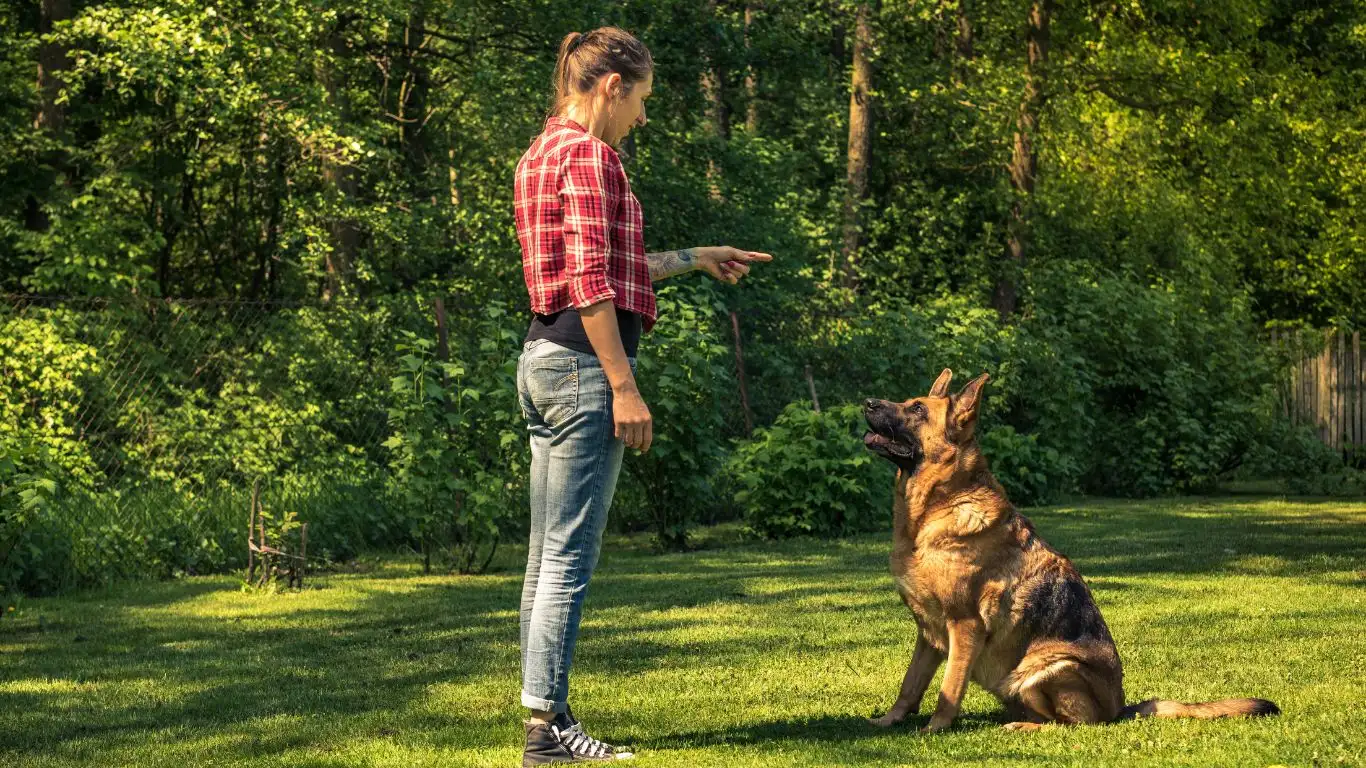
One thing I’ve learned from working with therapy animals? Stress and posture are low-key villains when it comes to digestive health — and they love to tag-team with GERD and difficulty breathing after meals. It’s not just about food. How you sit, how you breathe, and how stressed you are can either soothe or stoke the fire.
When you’re hunched over your desk (or let’s be real — on the couch with a laptop and a burrito), your stomach is basically folded in half. That squish increases abdominal pressure and makes reflux way more likely. I’ve had clients literally adjust their posture mid-session and feel an instant difference in how they breathe.
And then there’s the anxiety loop: reflux causes chest tightness → that tightness triggers panic → panic makes breathing shallower → shallow breathing worsens the sensation. It’s a whole cycle. But here’s where dogs shine — they ground us.
Mindful Posture Tricks That Really Help
- Sit upright after meals: I coach my clients to stay seated (not reclined) for at least 30 minutes after eating. Set a timer if you need to — or better yet, make it your designated “quiet bonding” time with your pup.
- Use your dog as your alignment cue: One of my favorite tricks? Sit on the floor with your dog and match their upright-yet-relaxed spine. You’ll be surprised how natural it feels.
- Belly breathing with your dog: Lay a hand on your belly and one on theirs. Inhale slowly. Exhale gently. Match their rhythm. Dogs are naturals at this — we just have to follow their lead.
Nighttime Reflux: Tips That Don’t Involve Fancy Gadgets

Nighttime is when GERD likes to show its true colors. The whole lying-down thing lets gravity take a break, which means acid can start creeping up — and bam, that breathless feeling strikes.
I can’t tell you how many times I’ve had someone say, “It’s weird, I wake up gasping and it feels like I’m choking.” Unfortunately, that’s classic reflux in action. But the good news? You don’t need fancy equipment to feel better — just a few low-key tweaks.
Nighttime Relief Habits That Actually Work
- Stop eating 2–3 hours before bed: This one’s huge. Give your stomach time to empty so acid has less to climb.
- Elevate your upper body: Use a wedge pillow or incline the head of your bed. Even a few inches makes a big difference. One of my older clients DIY’d his bed frame with wooden blocks — worked like a charm.
- Keep pets close, but not too close: If your dog sleeps in bed with you (guilty), try keeping them at foot-level to avoid jostling or extra pressure around your chest and abdomen.
It sounds simple, but just raising your head, wearing looser PJs, and resisting that late-night snack can completely change how you sleep — and breathe.
Final Thoughts from the Field (and the Couch)
In my line of work, I’ve met hundreds of people managing invisible conditions — and GERD and difficulty breathing after meals is one of the sneakiest. It doesn’t always scream for attention, but it absolutely affects daily life. What I’ve learned? Support, consistency, and small routines go a long way.
Dogs, in particular, can be surprisingly therapeutic allies here. Whether it’s reminding you to get up and move, giving you something calming to focus on, or just being your co-breathing partner, they offer something medicine can’t: connection and presence.
If you’re struggling, talk to a healthcare provider, explore gentle diet changes, and lean on your routines — and yes, your dog — for a little more peace in the process.
References
Disclaimer: This article is for educational and informational purposes only. It is not medical advice, and I’m not a doctor. If you’re experiencing symptoms of GERD, difficulty breathing, or other health concerns, please consult with a qualified healthcare provider.
